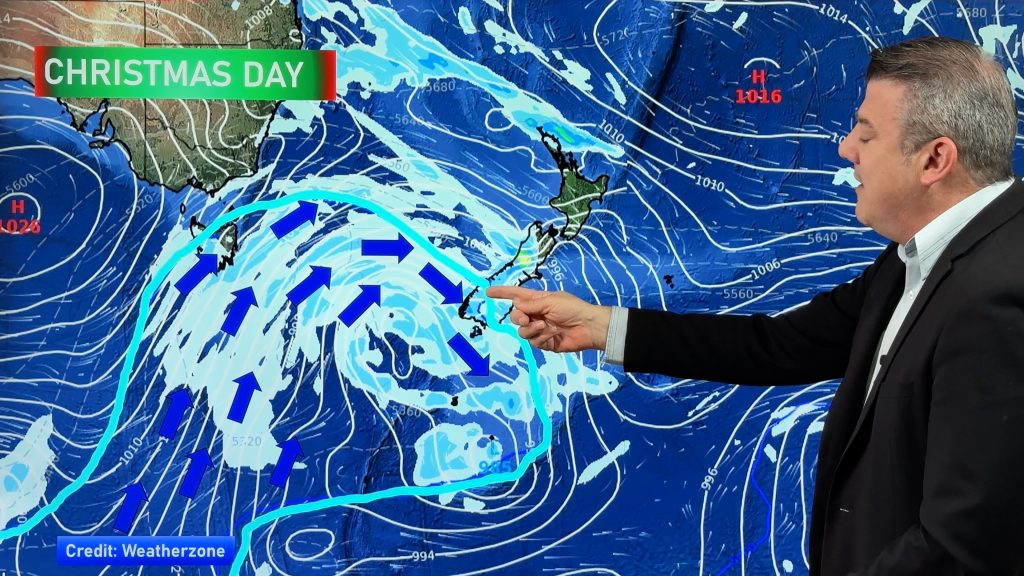Weather questions answered: Is there a difference between a tropical storm and a cyclone?
4/01/2015 9:00pm

> From the WeatherWatch archives
Depending on where you are in the world, you may hear a tropical cyclone being called a several scary-sounding words – hurricanes, typhoons or severe cyclonic storms. But don’t be fooled! These are all referring to the same phenomenon; a synoptic-scale, non-frontal region of low pressure with considerably high winds and precipitation.
However, these evocative words are reserved for only the most intense systems. If they aren’t severe enough, meteorologists label them “tropical low”, or a “tropical storm”.
Meteorologists around the world have different limits they look at for these naming conventions. In Australia, once a self-sustaining low pressure storm has winds gusting above 90km/h near its centre “eye”, it is a category 1 tropical cyclone. Once gusts breach 125 km/h, the system is referred to as a category 2 tropical cyclone.
As gusts strength increases, the category number increases, until gusts in excess of a monumental 280 km/h are reached – this is a category 5. The last one of these that battered Australia was tropical cyclone Yasi in 2011.
The Saffir-Simpson Scale is used by the USA and other places around the Northeast Pacific and Atlantic Ocean. Rather than gust strength, this scale reflects on maximum sustained wind speeds. This is taken as the average wind speed 10 metres above the ground over one minute. Once these speeds have reached 120 km/h, the low pressure system is a category 1 hurricane.
Moreover, countries around the Western North Pacific will label a system a typhoon if a 10 minute average of wind speeds 10 metres above the ground is in excess of 120 km/h.
So, there are some clear similarities between these limits, but it all comes down to which category is used to label the system in question. Since the monsoon trough has dipped down over the northern Kimberley and western Top End, meteorologists will continue to closely monitor this area for these self-sustaining wind speed limits and other tell-tale signs of cyclones (or which ever label you prefer to use).
– Weatherzone.com.au
Comments
Before you add a new comment, take note this story was published on 4 Jan 2015.




Add new comment